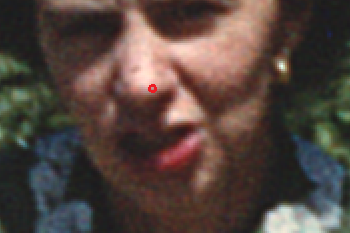
The first table shows how the same film looks using our 4 different processes. You can see that the difference can be significant for our Scranton customers.
The second table presents a case for scanning 8mm and Super 8 film at 2K resolution. In the past year we have done 20 comparisons. Contrary to popular belief, we do see a noticeable difference in quality between our Pro HD and Pro 2K process on 8mm and Super 8 film.
8mm And Super 8 Film Scranton |
|
SD Scan
|
|
Pro HD Scan
|
|
Pro 2K Scan
|
|
Pro 4K Scan
|
|
Film Resolution |
|
Resolution of Film |
|
Film Grain
|
|
Film Grain vs Digital Pixel
|
|
Professional films usually have access to the original camera negative in addition to work prints, answer prints, etc. It is always better to scan using the original camera negative.
Scranton Fun Facts: It's the biggest city in a group of neighboring municipalities that were formerly coal mining communities. In 1866 Scranton was incorporated as a city. The Green Ridge and the Hill Section of Scranton feature the mansions constructed by former coal entrepreneurs. The area of Scranton was settled by pioneers from New England during the late 1700's.
Pennsylvania Fun Facts: One of the original 13 colonies, Pennsylvania was founded by William Penn as a haven for his fellow Quakers. Pennsylvania’s capital, Philadelphia, was the site of the first and second Continental Congresses in 1774 and 1775, the latter of which produced the Declaration of Independence, sparking the American Revolution. After the war, Pennsylvania became the second state, after Delaware, to ratify the U.S. Constitution.











